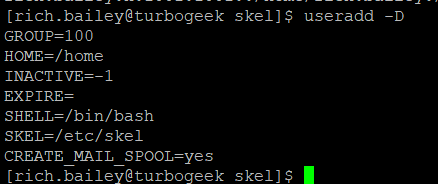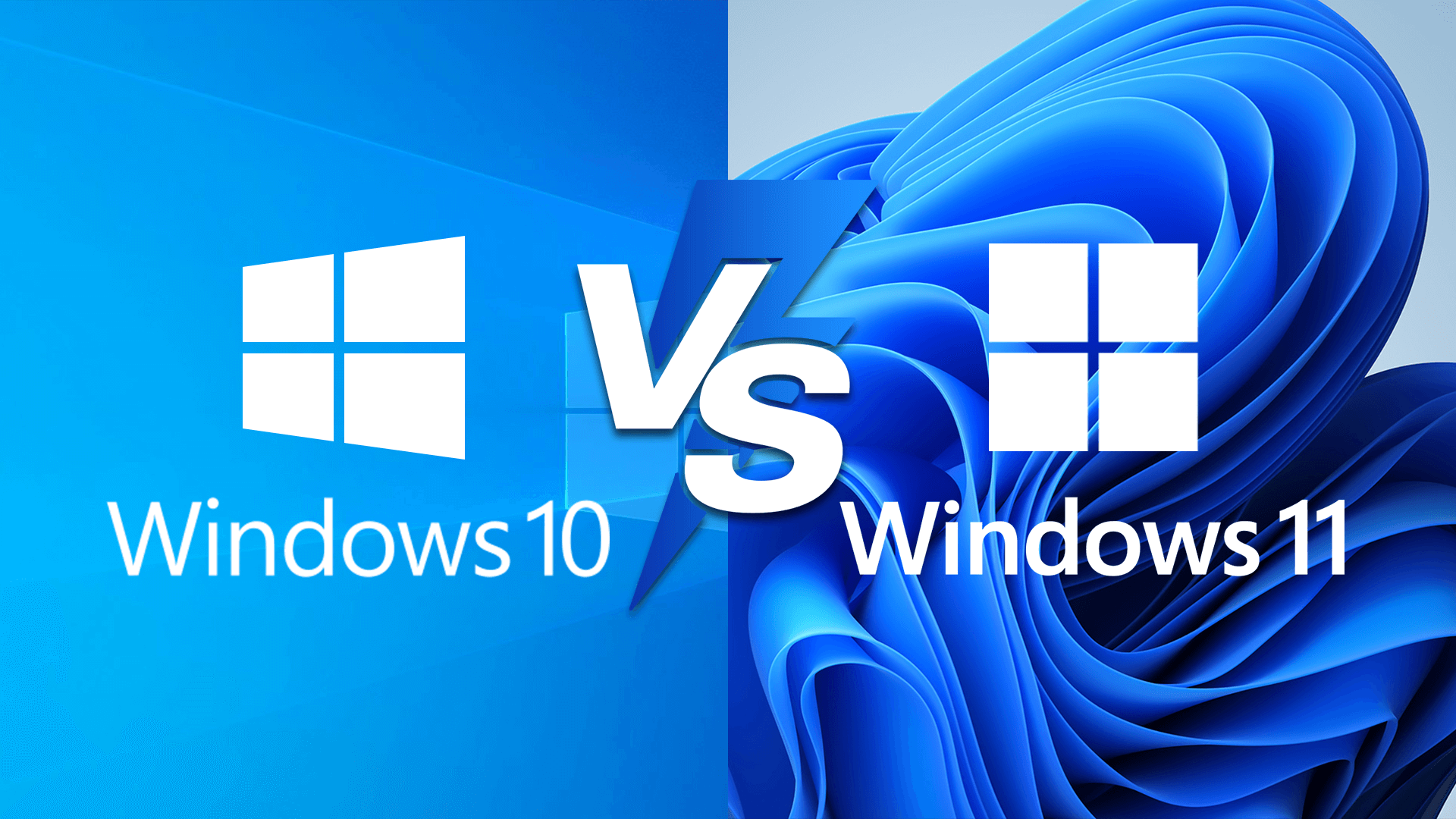Technical Blog
Which Linux Version Do I Have? A Guide for New Users
As a Linux system administrator, there will be times when you need to quickly identify your Linux distribution and the specific version of the operating system installed on your system. This is essential for tasks like troubleshooting, software compatibility checks, and system updates. Whether you primarily access servers remotely via...
How to Enable / Disable SELinux
SELinux, or Security-Enhanced Linux, is a security framework developed to enhance the security of Linux-based operating systems. It closely monitors and controls access to various parts of the system, such as files, processes, and network resources. Key Takeaways Here’s a quick summary of the commands you need to manage SELinux:...
Ollama: The Open-Source Solution for Building A ChatGPT Alternative
ChatGPT at home ChatGPT and Bard (now Gemini) have revolutionized AI interactions, but what if you could create your own AI language model? This tutorial will guide you through building your very own AI assistant, similar to ChatGPT, using the open-source Ollama framework. Ollama.Ai: Your Open-Source AI Solution Ollama.ai is...
How to Master Grep and RegEx
GREP (Global Regular Expression Print) is a command-line tool for searching and manipulating text files. It allows you to search for specific text patterns, called regular expressions, within a file or set of files and perform various operations on the matched text. Regular expressions, or regex for short, are patterns...
6 Powerful Linux One-Liners to Skyrocket Your Productivity
Linux is renowned for its powerful command-line interface. Mastering Linux one-liners can significantly boost your productivity and efficiency. These concise commands pack a punch, allowing you to perform complex tasks with ease. This guide provides a collection of essential Linux one-liners categorized for quick access, along with clear explanations and...
Understanding the Linux File System
Understanding the Linux File System: Ext4, XFS, and More The Linux File System is a fundamental component of any Linux operating system. It serves as the layer that manages how data is stored and retrieved on storage devices. In the Linux environment, several file systems exist to serve various needs...
Windows 10 vs Windows 11: An Exciting Windows Comparison
Microsoft has consistently dominated the operating system landscape for personal computers. In the latest chapter of its technological saga, the company released Windows 11, an ambitious successor to the well-established Windows 10. Do you need to upgrade your computer? read our Windows Comparison to see if the upgrade works for...








Recent Comments